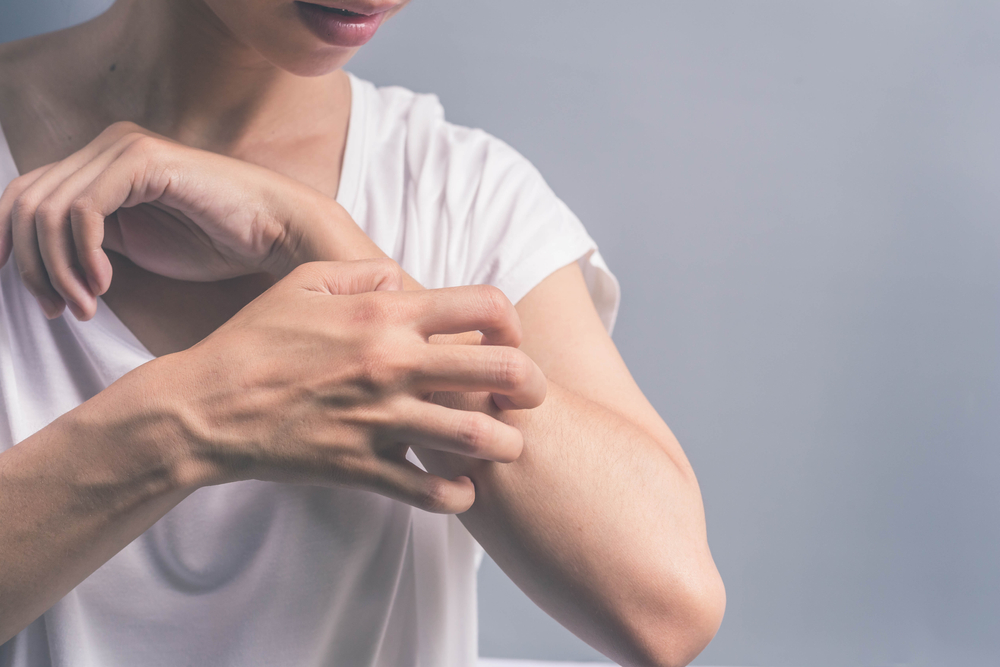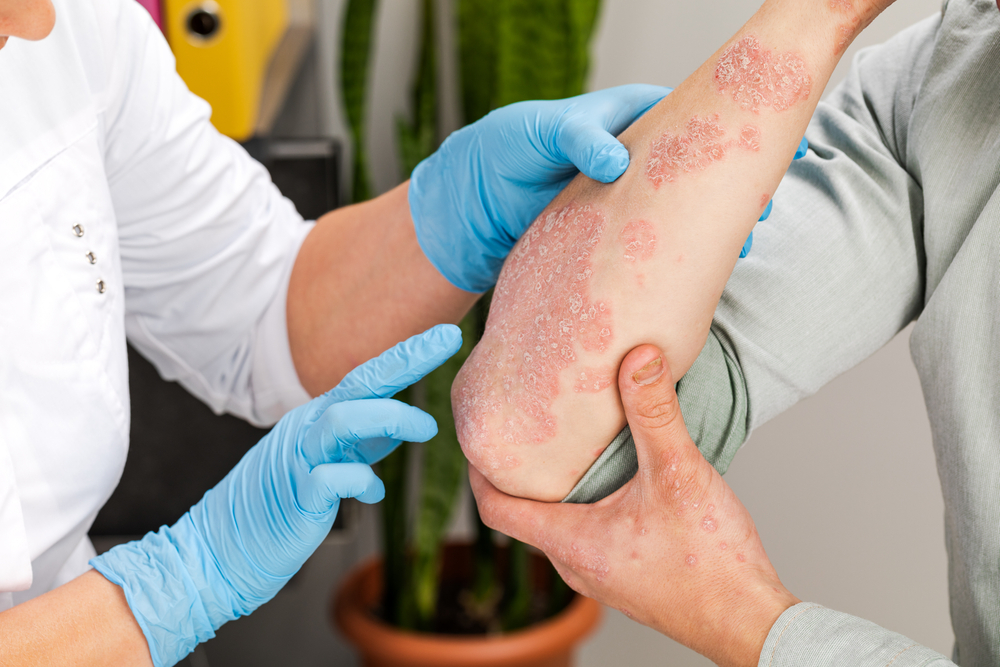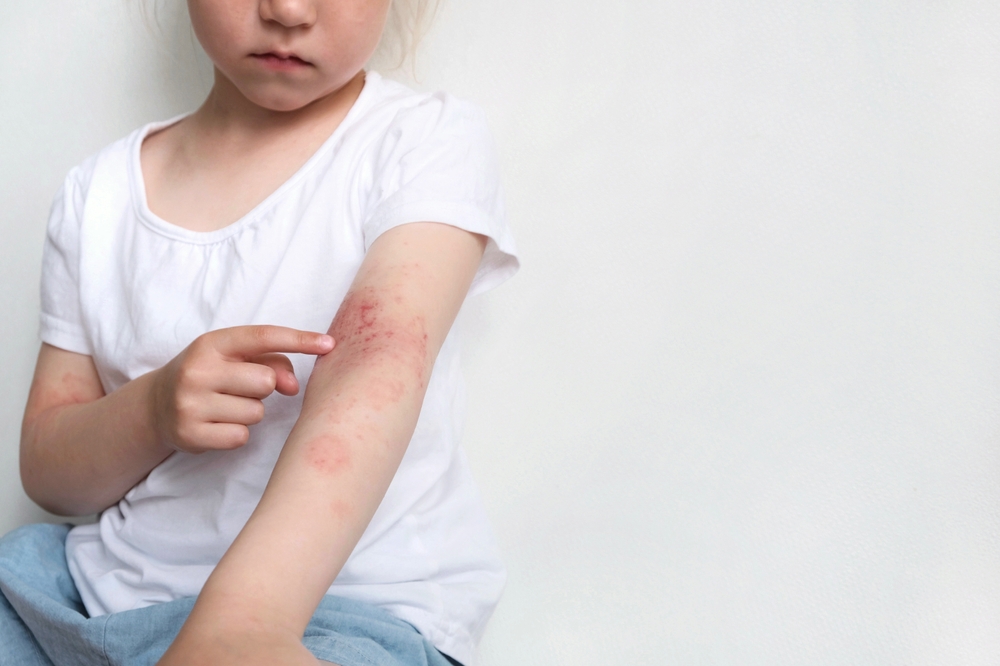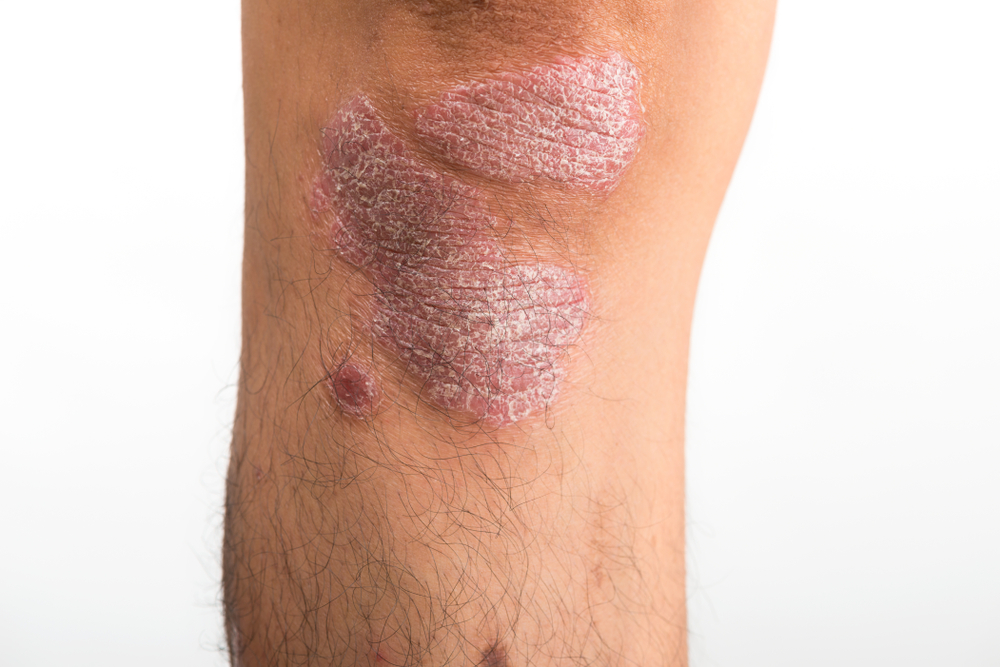In a presentation from the 2022 Fall Clinical Dermatology Conference, researchers compared the skin distribution of betamethasone dipropionate (BDP) and betamethasone 17-propionate (B17P) between cream and topical suspension formulations of calcipotriene (CAL) and BDP. Within a small volunteer cohort, researchers found the cream delivered more BDP into the stratum corneum and epidermis compared with the topical suspension.
The cream is produced with a novel formulation technology for topical agents—polyaphron dispersion (PAD). The authors stated that PAD vehicles might increase efficacy of treatments for patients with plaque psoriasis without sacrificing safety or convenience.
Data were presented from 10 healthy female volunteers who received 0.1 ml of CAL plus BDP cream or topical suspension on four 1-inch squares on their forearms. Additional untreated 1-inch squares on each arm were used as controls. At 1, 2, 4, and 8 hours after application, the investigators collected samples of the upper and lower layers of skin by repeatedly applying tape strips to the test areas and removing them. Liquid chromatography-mass spectrometry was used to analyze BDP and B17P distribution.
According to the authors, the CAL plus BDP cream formulation delivered significantly greater amounts of BDP compared with the topical suspension formulation at hour 1 (P<.0001), 2 (P<.01), 4 (P<.0001), and 8 (P<.05). The deposited BDP was highest at 1 hour, falling off only slightly over the following time points. The authors did add that B17P was below quantifiable levels in all assessed samples.
Overall, the researchers suggested their findings support improved topical delivery of treatments with PAD technology-based cream vehicles compared with topical suspensions for patients with plaque psoriasis.
Reference: Draelos ZD, Draelos MM, Praestegaard M. Enhanced skin deposition of betamethasone dipropionate into the skin of human volunteers from calcipotriene/betamethasone dipropionate cream compared to topical suspension. SKIN. 2022;6(6):s54. doi:10.25251/skin.6.supp.54
Link: https://jofskin.org/index.php/skin/article/view/1809/1500









